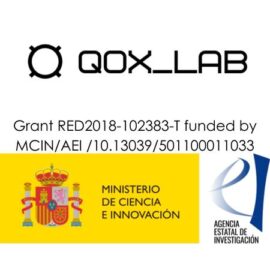Understanding Open Science (2) – Green Open Access
In our previous post, we talked about Golden Access. In brief, a publication that is permanently free and publicly accessible for the reader (see more in detail here).
Now it is the turn for Green Open Access. In this case, the author publishes the paper through deposit or self-archiving in one (or more) repositories. Please observe that first, the article is published in a subscription journal. Afterward, the author self-archives an electronic copy of his/her scientific paper in an institutional or thematic open access repository or simply in a public data repository.
Now, a significant point: we can deposit different versions of the article. We have the preprint version (before peer review, aka submitted version), the postprint version (peer-reviewed or not, aka accepted version), and the final version of the article already edited (the published version).
Self-archiving is often performed after the publisher’s embargo period, which starts from the date the article is published in a journal issue and can usually last between 6 and 24 months. Therefore, during the embargo period, the paper is only available to the subscribers of the journal.
If you are interested in publishing your research in Green Open Access, please carefully check the publisher’s copyright and self-archiving policies. For instance, you can use this platform https://v2.sherpa.ac.uk/romeo/ Ready to try?
In our next post, Diamond Access and how to chose a public repository. See you soon! 👋






